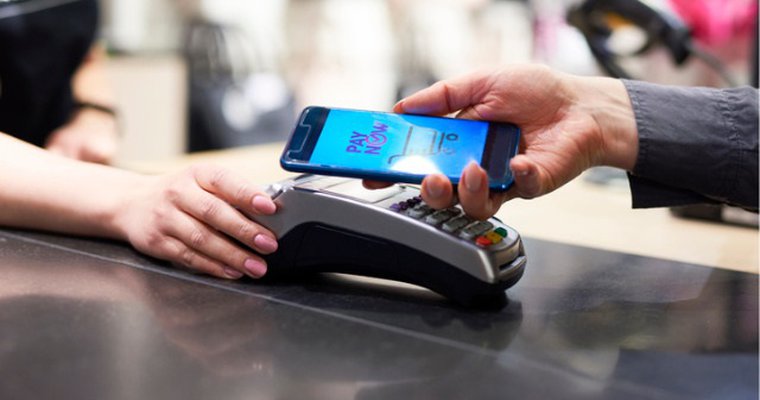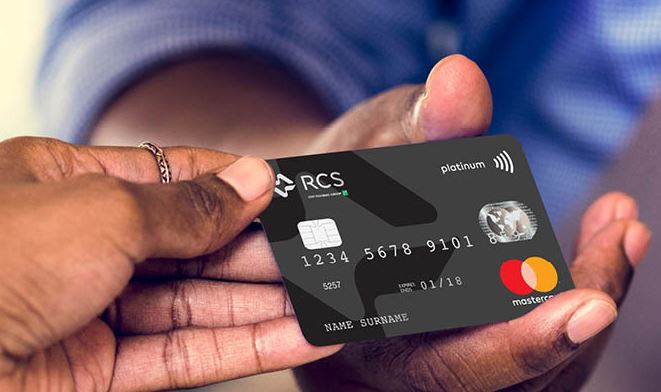The ascent of digital wallets and contactless payment technologies marks a transformative era in the financial landscape, fundamentally altering how transactions are executed and experienced.
As physical cash gives way to digital currency and cards are swapped for smartphones, the convenience and speed of transactions have reached unprecedented levels. This shift is not merely a change in the method of exchange but represents a broader evolution in the ecosystem of commerce and personal finance.
The implications of these changes are multifaceted and profound. For one, the enhanced convenience offered by digital wallets and contactless payments is driving consumer adoption worldwide, streamlining the checkout process and enabling more efficient, frictionless transactions.
However, this shift also necessitates rigorous scrutiny of security measures, as the digitalization of financial transactions opens new avenues for cyber threats and fraud. Ensuring robust encryption, secure authentication mechanisms, and user privacy becomes paramount.
Moreover, the integration of digital payment technologies into everyday financial management is reshaping consumer behavior, influencing spending patterns, and altering the dynamics of financial planning and analysis.
As these technologies continue to evolve and penetrate various sectors, understanding their impact on security, convenience, and overall financial management becomes increasingly crucial. This exploration is timely and essential, as it sheds light on the future trajectory of our financial systems and consumer economies.
Security and Fraud Prevention in Digital Wallets
The surge in digital wallet usage and contactless payments has underscored the critical need for robust security and fraud prevention measures. As these digital financial platforms gain popularity, they become attractive targets for cybercriminals engaging in hacking, phishing, and various fraud tactics.
These malicious activities aim to exploit vulnerabilities for unauthorized access to users’ financial data and funds. To combat these threats, both companies and consumers must be vigilant and proactive in implementing and utilizing advanced security measures.
Companies in the financial technology sector are increasingly adopting two-factor authentication (2FA), which adds an extra layer of security by requiring two forms of identification before access is granted. Encryption technologies are also vital, ensuring that data transmitted during transactions is securely encoded, thus mitigating the risk of interception and misuse.
Secure payment protocols, such as tokenization, replace sensitive account details with unique identifiers, further safeguarding transaction data from fraudsters.
Moreover, the role of regulatory bodies is becoming more pronounced. These entities are tasked with setting and enforcing standards that ensure the security and reliability of digital payment systems.
They mandate compliance with data protection laws, conduct regular audits, and promote best practices in cybersecurity to protect consumers and maintain trust in digital financial services.
In summary, the integrity of digital wallets and contactless payments hinges on continuous advancements in security measures, vigilant regulatory oversight, and informed consumer practices to deter fraud and ensure safe, reliable digital transactions.
Consumer Behavior and Adoption of Digital Payment Technologies
The rise of digital wallets and contactless payment technologies has significantly influenced consumer behavior, steering a notable shift from traditional payment methods towards more innovative solutions. The convenience offered by these technologies, allowing for quick and seamless transactions, has been a primary driver of their adoption.
Enhanced user experience, through intuitive interfaces and faster checkout processes, further bolsters consumer preference for digital payments.
Perceived security also plays a crucial role, with advancements in encryption and authentication processes strengthening consumer trust in digital transactions. The widespread installation of NFC-enabled terminals has facilitated this transition, making contactless payments more accessible across various retail environments.
Demographic analysis reveals varied adoption rates, with younger generations showing a quicker embrace of digital payment methods compared to older demographics, who may exhibit hesitancy or preference for traditional banking practices. Income levels and regional disparities also affect adoption, with higher-income groups and urban areas typically showing greater usage of these technologies.
The impact on traditional banking and cash transactions is profound, with a gradual but steady decline in cash usage as digital methods ascend. Financial institutions are responding by integrating digital payment solutions, enhancing mobile banking capabilities, and investing in technology to remain competitive. This evolution reflects a broader trend towards digitalization in the financial sector, signaling a significant shift in consumer behavior and financial transactions.
Conclusion
The surge in digital wallets and contactless payment technologies has revolutionized the financial sector, propelling us into a future where digital transactions dominate. This evolution has significantly influenced consumer behavior, financial services, and the broader economic landscape, highlighting the pivotal role these technologies play in shaping our financial interactions.
As we conclude our exploration of digital wallets and payment technologies, it’s evident that their impact extends beyond mere transactional convenience. These innovations have democratized access to financial services, enabling unbanked and underbanked populations to participate more fully in the economy.
By reducing the barriers to entry for financial inclusion, digital payment solutions are fostering a more inclusive financial ecosystem, contributing to economic empowerment and growth.
The adoption of these technologies has also spurred advancements in cybersecurity and fraud prevention. With the increase in digital transactions, there’s a corresponding rise in the sophistication of security measures, including biometric authentication, encryption, and blockchain technology, which collectively enhance the integrity and safety of online financial activities.
Financial institutions and businesses have adapted to these changes by integrating digital payment options, thereby improving customer experience and operational efficiency.
This integration has led to the development of new financial products and services, tailored to meet the evolving needs and preferences of consumers who prioritize speed, convenience, and security in their financial transactions.
However, the rapid adoption of digital payment technologies also presents challenges, including regulatory compliance, privacy concerns, and the digital divide. Ensuring equitable access to technology, safeguarding consumer data, and navigating the complex landscape of international regulations are critical areas that require ongoing attention and action.
In conclusion, digital wallets and contactless payment technologies are not just transforming the way we transact but are also reshaping the fabric of our financial society.
They are driving innovation, enhancing financial inclusion, and setting new standards for security and convenience.
As we move forward, the continued evolution of these technologies will undoubtedly bring further changes, necessitating a proactive and adaptive approach from consumers, businesses, and regulators alike.
The journey of digital payment technologies is far from complete, and their full potential and implications remain an exciting frontier in the realm of financial services.
Did you like the content? Activate notifications so you don’t miss any news on our blog. See you next time!






